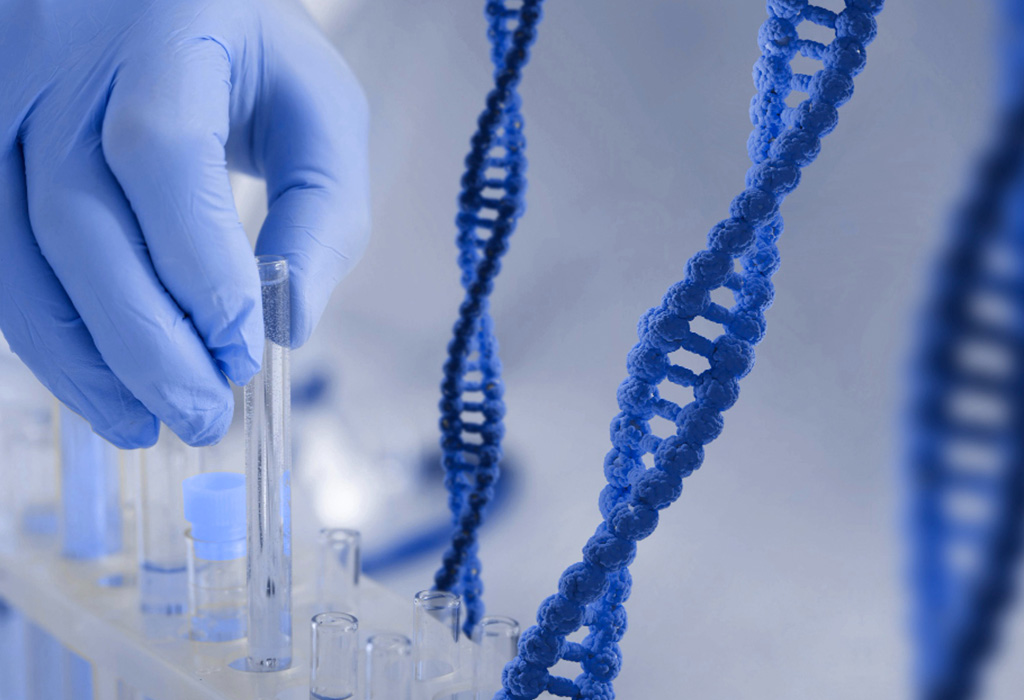Researchers at the Broad Institute of MIT and Harvard have made significant strides in gene-editing technology, developing a method capable of efficiently inserting or substituting entire genes within the human genome. This advancement holds immense promise for therapeutic applications, particularly for diseases caused by a multitude of mutations in a single gene, such as cystic fibrosis. By introducing a healthy copy of the gene directly into its native location in the genome, this new technique could simplify and enhance the treatment of such genetic disorders.
A New Era in Gene Therapy
The innovative method, developed in the lab of David Liu, combines prime editing with newly evolved recombinase enzymes to create a system named eePASSIGE. Prime editing, which can make precise edits up to a few hundred base pairs, is now coupled with these advanced enzymes to insert large DNA segments, spanning thousands of base pairs, into specific genomic sites. This breakthrough has been documented in the journal Nature Biomedical Engineering.
“To our knowledge, this is one of the first examples of programmable targeted gene integration in mammalian cells that satisfies the main criteria for potential therapeutic relevance,” said Liu, who is also a professor at Harvard University and a Howard Hughes Medical Institute investigator. He believes that the efficiencies observed in cultured human cells could potentially translate into clinical applications, offering hope for many genetic disorders.
A Collaborative Effort
The study was a collaborative effort, with graduate student Smriti Pandey and postdoctoral researcher Daniel Gao leading the project under Liu’s supervision. They also worked alongside researchers from the University of Minnesota and Beth Israel Deaconess Medical Center.
“This system offers promising opportunities for cell therapies where it can be used to precisely insert genes into cells outside of the body before administering them to patients to treat disease,” said Pandey.
Gao highlighted the versatility of the eePASSIGE system, which could enable a new category of genomic medicines. “We also hope that it will be a tool that scientists from across the research community can use to study basic biological questions,” he added.
Prime Editing Evolution
Prime editing has previously been successful in making small-scale DNA changes, sufficient to correct many pathogenic mutations. However, the challenge of introducing entire genes, which are often much longer, remained unmet. Such comprehensive editing could not only address various mutations but also ensure the proper regulation of the newly installed gene by maintaining the surrounding DNA sequences.
Liu’s team made a significant breakthrough in 2021 with twinPE, a prime editing approach that installed recombinase “landing sites” in the genome. This allowed natural recombinase enzymes to insert new DNA into these prime-edited sites. Building on this, the biotech company Prime Medicine, co-founded by Liu, began developing treatments using this method, called PASSIGE.
However, PASSIGE’s efficiency was initially modest, prompting Liu’s team to seek improvements. They identified the recombinase enzyme Bxb1 as the limiting factor and used a tool called PACE (phage-assisted continuous evolution) to evolve more efficient versions of Bxb1. The resulting variant, eeBxb1, significantly enhanced the method, achieving gene-sized edits in an average of 30 percent of cells—far surpassing previous techniques.
Future Prospects
The eePASSIGE system offers a robust foundation for integrating healthy genes at specific sites in cell and animal models, aiming to treat loss-of-function disorders. Liu’s team is now focusing on combining this method with advanced delivery systems like engineered virus-like particles (eVLPs) to overcome traditional challenges in therapeutic delivery of gene editors.
“We hope this system will prove to be an important step towards realizing the benefits of targeted gene integration for patients,” Liu concluded.
This groundbreaking work paves the way for more efficient and versatile gene therapies, potentially revolutionizing the treatment of genetic diseases and improving the lives of millions.
Join us at the 8th Cell & Gene Therapy World Asia 2024 & Cryogenic Logistics World Asia 2024, taking place on September 10th-11th at the Suntec Singapore Convention & Exhibition Centre. Now in its 8th edition, Cell and Gene Therapy World Asia has firmly established itself as Asia’s premier gathering for new partnerships, ideas, and knowledge in cell and gene therapy. We are proud to continue providing a meeting platform where Asia’s growing cell and gene therapy industry is at the forefront, receiving increasing global attention for its rapid advancements in new therapies, R&D, and biomanufacturing. Find out more: https://imapac.com/events/cell-and-gene-therapy-asia/





